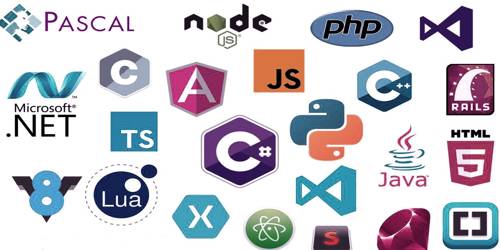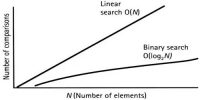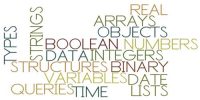Program and Programming Language
A computer program or simply a program is a collection of instructions that perform a specific task when executed by a computer. The program is basically a list of instructions to control the behavior of a machine. A computer requires a program to function, typically executing the program’s instructions in a central processing unit.
A computer program is usually written by a computer programmer in a programming language. From the program in its human-readable form of source code, a language translator can derive machine code; a form consisting of instructions that the computer can directly execute.
Programming Language: A programming language is a formal constructed language designed to communicate instructions to a machine, particularly a computer. Programming languages can be used to create programs to control the behavior of a machine or to express algorithms. These commands can be interpreted into a code understood by a machine.
The most basic computer language is machine language or low-level language that uses binary code (i.e., 0 and 1), by which a computer can execute an instruction very fast without using any translator or interpreter program. High-level languages are much simpler to use as it uses more “English Like” words as a command but it needs to use a compiler or interpreter to convert the high-level language into the machine language. It is also known as a programming system, computer language or computer system.
BASIC, C, C++, COBOL, FORTRAN, ADA, and Pascal etc. are various Programming Languages. Each programming language has a unique set of keywords and a particular syntax for organizing program instructions.














